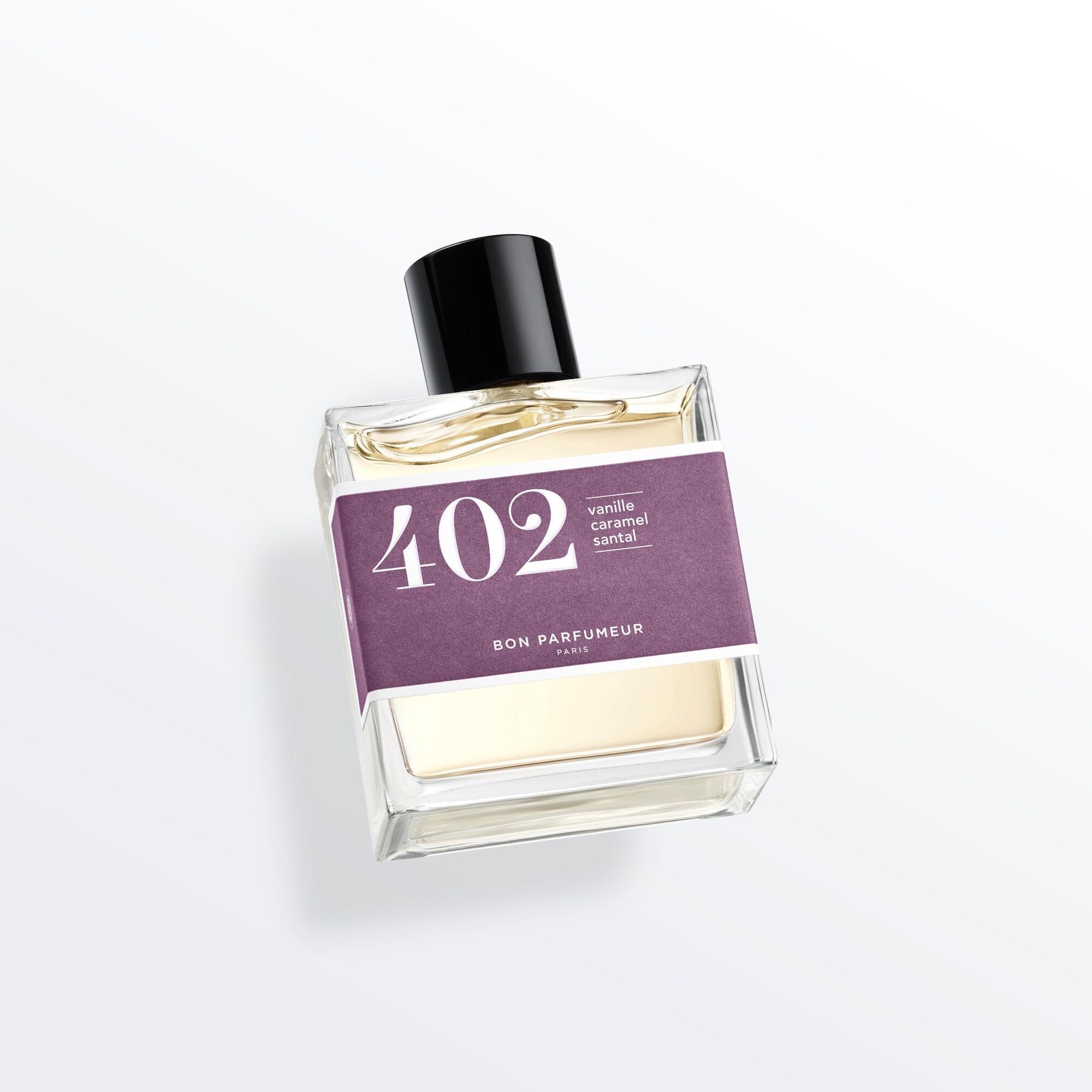A brief history
The history of peppermint dates back to antiquity, when this aromatic plant was already widely used for its medicinal and culinary properties. Peppermint is thought to be the result of a natural cross between water mint (Mentha aquatica) and spearmint (Mentha spicata). Native to Europe and Asia, peppermint quickly spread throughout the world thanks to its beneficial qualities.The Egyptians, Greeks and Romans were well aware of peppermint's virtues, using it for its refreshing, digestive and soothing properties. It was often used as an infusion to relieve stomach aches, respiratory problems and pain. In the Middle Ages, peppermint was renowned for its medicinal virtues and was cultivated in monasteries for its curative properties. It was also used to flavour dishes and drinks.
Over the centuries, peppermint's popularity has grown steadily, and today it is widely used in the pharmaceutical, cosmetics, food and perfume industries.
Growing peppermint
Peppermint is an easy-to-grow perennial. Choose well-drained soil rich in organic matter, exposed to sun or part shade. Plant out in spring or autumn by dividing rhizomes or taking cuttings. Be sure to leave enough space between plants. Water regularly, but not excessively, to avoid fungal diseases. Prune regularly to promote growth and prevent overgrowth. Watch out for pests and treat them if necessary. Harvest leaves as needed, ideally in the morning for maximum concentration of essential oils.
Peppermint in perfumery
Peppermint is an aromatic note prized in perfumery for its refreshing, energizing effect. Its fresh, invigorating scent brings a touch of vitality and vivacity to olfactory compositions. In perfumery, peppermint essential oil is extracted from the plant's leaves, and is used to create aromatic and invigorating accords.Peppermint blends well with many other notes, including citrus, herbs, spices and woody notes. It is often used to bring a fresh, light feel to perfumes, while giving them a stimulating, energizing dimension. Peppermint-based fragrances are often appreciated during the warmer seasons, as they provide a pleasant sensation of freshness. They can also be used in bolder, more modern compositions to bring a touch of dynamism and originality. In short, peppermint is a precious note in perfumery, bringing invigorating freshness and a sense of well-being to olfactory creations.
But which fragrances to choose?
- 1 Million eau de parfum by Paco Rabanne
- Géranium pour Monsieur eau de parfum by Frédéric Malle
- Herba Fresca, Acqua Allegoria by Guerlain
- Eau des merveilles by Hermès
- Green water by Jacques Fath
- White Jasmine and Mint Cologne by Jo Malone London










